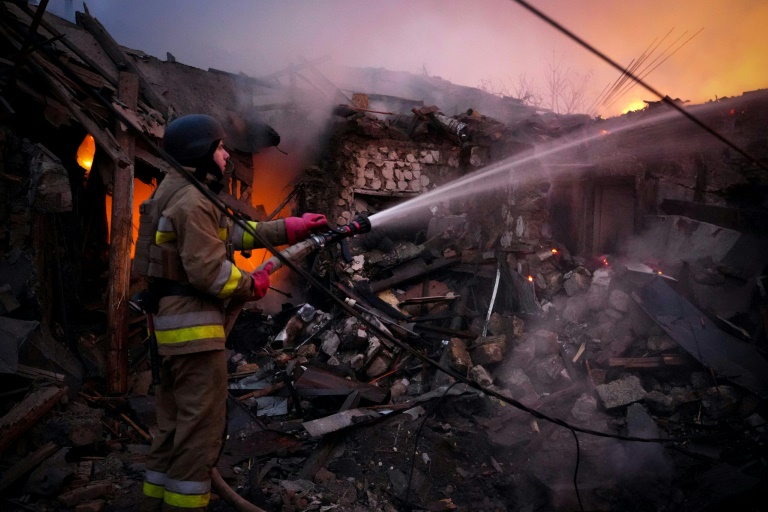This project aims to reduce the uncertainty about how best to represent clouds in climate models.
Date posted
Oct. 16, 2023 10:45 am
Application deadline
Oct. 25, 2023 5:00 pm
Organization
Lund University
Location
Job description
Climate modelling is within the general field of geobiosphere science and is an aspect of physical geography and ecosystem science.
Clouds are challenging to represent in numerical models. Clouds largely determine the Earth’s radiation budget and hence also the climate. Any changes in their properties can reinforce or offset any climate change. In fact, most of the uncertainty about how much global warming will occur in future, for a given emissions scenario of greenhouse gases, is linked to issues of how to represent clouds in numerical climate models.
Most of the volume of the troposphere is subzero. There any clouds at least partly consist of ice. There has been controversy about initiation of ice in clouds, especially regarding the identity of aerosol species (‘ice nuclei’) initiating the first ice and whether their action is appreciably time-dependent.
This project aims to reduce the uncertainty about how best to represent clouds in climate models. We are representing lab observations of ice initiation in the cloud scheme of a global model. The effects from activity of ice nucleus aerosols on climate are being investigated. This is part of a collaboration between experimentalists and atmospheric modellers in Sweden at Lund, in USA and in Norway at Oslo.
A postdoctoral research position as reseracher for one year is to be filled in the project.
Work duties
The main duties will involve doing research. The work will involve numerical modelling. The researcher will develop microphysics schemes in the stratiform and convective cloud parameterizations of a global model. The aim is to treat various mechanisms of ice initiation. Satellite and other observations of clouds will be collected so as to verify the accuracy of the global model developments, after validation of an off-line simulation for a single observed storm at a given location. Impacts on the global climate from changes in ice-nucleating aerosols from anthropogenic emissions are to be evaluated.
This will involve coding with FORTRAN 90 in a linux environment. The work will be performed in a team of atmospheric modellers at the Department of Physical Geography and Ecosystem Science.
Qualification requirements
Researchers with a background in numerical modeling and knowledge of mesoscale meteorology are encouraged to apply.
Applicants must have:
- PhD degree in meteorology or equivalent
- BSc in physics or equivalent
- Oral and written proficiency in English.
- Programming language experience in a linux environments, with the Fortran language
- Experience with graphics packages (e.g. matlab).
Assessment criteria and other qualifications
Documented knowledge, preferably from his / her university education in:
- mathematics, especially differential equations;
- numerical methods and computer programming; and
- physical meteorology, especially cloud microphysics, including the initiation and growth of ice particles.
Consideration will also be given to good collaborative skills, drive and independence, and how the applicant’s experience and skills complement and strengthen ongoing research within the department, and how they stand to contribute to its future development.
For more details
https://lu.varbi.com/en/what:job/jobID:654983/





















Discussion about this post